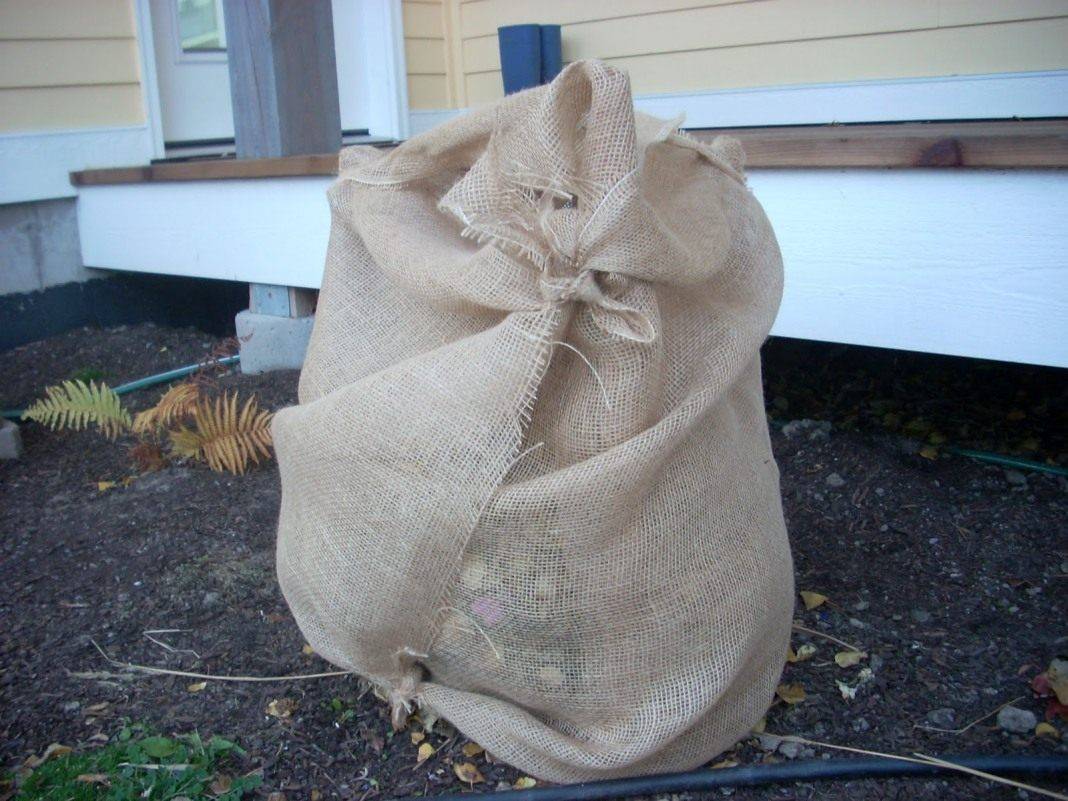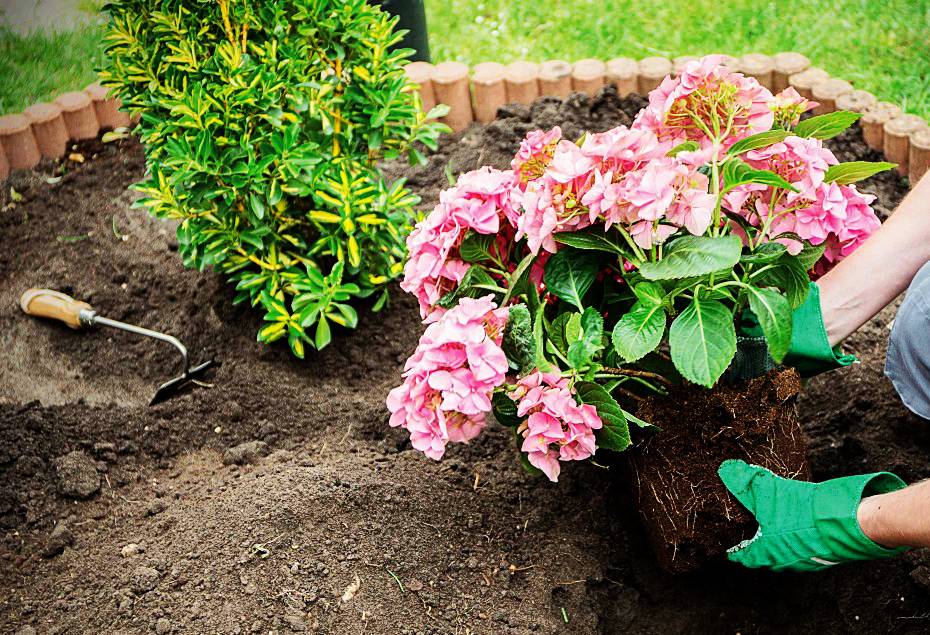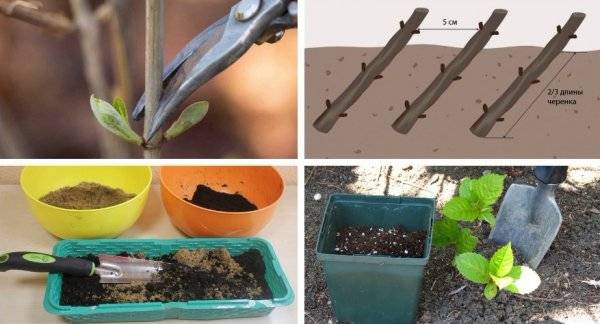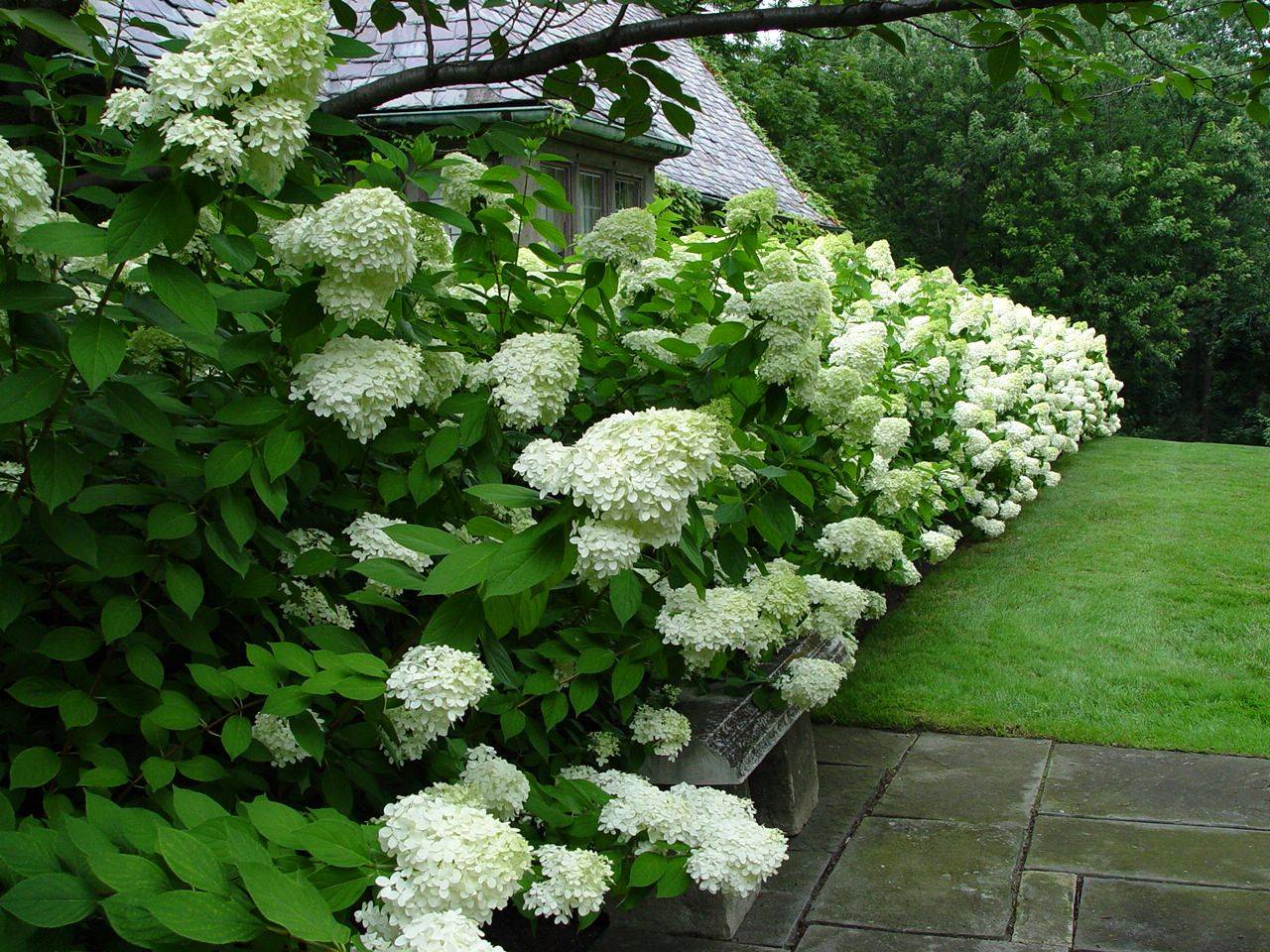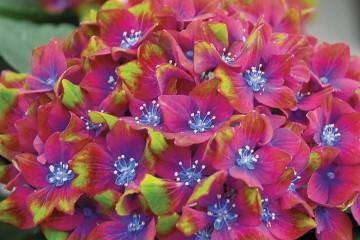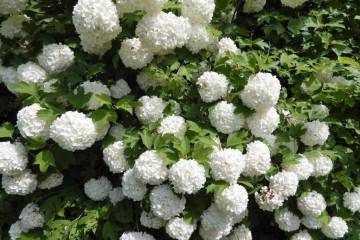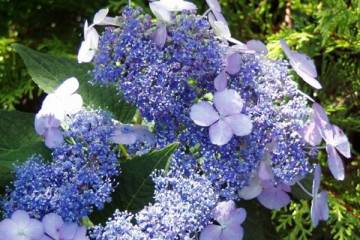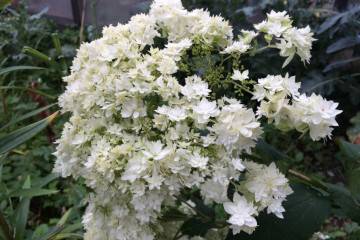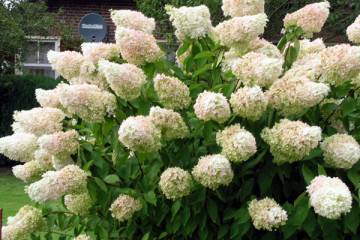Hydrangea Dentel de Gorron - description, planting and care
Content:
Hydrangea (Hydrangea - lat.) Dentel de Gorron has numerous beautiful flowers. The gorgeous appearance of the plant has made it very popular among experienced florists and beginners. A perennial shrub with high ornamental characteristics, it is characterized by high growth vigor. Flowers grow up to 2 m. The plant will delight with its beautiful appearance, if you know its features and properly care for it.
Description of the hydrangea variety Dentel de Gorron and its characteristics
The description of this culture will help to understand what the Dentelle de Gorron hydrangea is. It is a light-requiring variety. Shrubs feel comfortable in the shade, but they will not bloom profusely. Grow well on light, fertile soils.
History of origin
The homeland of hydrangea is Asia, where it was first encountered in the wild. It also grows in Sakhalin, the Kuril Islands, Japan and China.
The work of scientists has made it possible to grow hydrangeas on their own at home. The variety was adapted in France in the nursery of J. Renaud. Hydrangea got its name from its unusual openwork flowers. Literally translated from French it means - "lace Gorron".
Features of the variety
Hydrangea Dentelle de Gorron has a symmetrical spherical crown of branched, strong shoots. The inflorescences are large, pyramidal, they are airy and light. The tight fit of the flowers to each other makes them similar to lilacs. Bunches of flowers are large, up to 35 cm, appear in early June. At the initial stage, the buds are white, but have different shades: pink, cream, green. At the end of a long flowering period, they become snow-white. Leaves are large, oval, dark olive color.
The flowering period lasts from June to October. All this time, they delight not only with gorgeous flowers, but also with an exquisite delicate aroma. Budding can be achieved in the first year of planting when favorable conditions are created.
Winter hardiness
Hydrangea Dentel de Gorron has an average frost resistance. High winter-hardy characteristics have been proven in practice by many growers. Perennial shrubs are able to tolerate low air temperatures well. You can protect the plant from severe frosts using a shelter.
Planting and further care of hydrangea Dentel de Gorron
High-quality seedlings take root well, are actively developing, but it is worth buying from only reliable sellers. Check for rot or damage. Healthy branches have at least three shoots and a well-developed root system.
Site selection and preparation
The ideal area for growing hydrangeas is a well-drained area with well-drained soil. Direct sunlight negatively affects the hydrangea. Burns appear on its surface, it can dry out.If a plant is planted on soil devoid of nutrients, then it stops growing and blooming.
How to plant
Proper planting is the key to good health and lush flowering.
Observing the following step-by-step instructions will allow you to plant a hydrangea according to all the rules:
- Planting pits are prepared. Their dimensions should be 30 × 40 cm. A 10 cm thick drainage layer is placed on the bottom.
- Saplings for 30 min. placed in a root-forming solution.
- A thin layer of earth is poured onto the drainage, a plant is placed in the center of the pit, after having straightened the roots.
- Carefully fill the hole, tamp, water and lay the mulch.
Then the most difficult thing begins, because how successful the hydrangea cultivation will be depends on care.
Watering and feeding
Moisture-loving hydrangea needs regular and abundant watering. About 10 liters of settled water is poured under each adult bush. Watering is best in the morning or at the end of the day, when the sun is still dim. Care must be taken not to drip onto the leaves, as this can lead to rotting of the hydrangea.
In addition, the crop is fed several times per season. It is enough to follow these simple rules of planting and feeding, and the shrub will delight with abundant flowering for a long time.
Pruning
Pruning is an important activity in hydrangea farming. The time of its holding is periods of relative calm (in spring, autumn). In early spring, treatment is carried out, during which old damaged areas are removed. In the fall, after the foliage has fallen, the branches are shortened to 4 buds. These manipulations will allow the plant to endure the winter well.
Preparing for winter
Hydrangea must be carefully prepared for wintering so that it can withstand the frost. In areas with frosty winters, the plant begins to gradually prepare for the cold. To this end, at the end of the season, watering is significantly reduced, fed with potash fertilizers, and the soil is covered.
The branches of the bushes are neatly tied and laid on the ground. From above, the plants are covered with protection (this can be agrofibre, dense fabric). The shelter is fixed.
Reproduction
Hydrangea Dentel de Gorron is propagated in different ways: by layering, dividing the bush, cuttings and seeds.
Reproduction by layering is carried out in the following way: on an adult shrub, a healthy shoot is separated and instilled into the ground. The tip of the branch should remain on the surface. The trench is watered regularly. A year later, a well-developed root system appears on it.
When transplanting bushes, the required number of parts with roots are separated from them. They are cut off with a sharp knife, and the cut is covered with charcoal. The planting material obtained in this way is immediately planted.
In autumn, the shoot is cut into cuttings, which are then placed in a growth stimulator, deepened into the ground at an acute angle. Then the planting is covered. In the spring, the rooted processes are transplanted.
Diseases and pests: means of combating them
Florists love the Dentel de Gorron variety not only for its unpretentiousness, but also for its high resistance to diseases and pests. If the rules of care are violated, hortensia becomes vulnerable to the following diseases:
- powdery mildew. Humid warm air is a favorable factor for its appearance.A mealy bloom appears on the surface of the plant;
- chlorosis. Iron deficiency is a provoking factor. The leaves lose their bright color, the growth and development of the bush stops.
The plant is also susceptible to attacks by pests: aphids, spider mites, snails and slugs. Prevention and timely measures taken against pests will preserve the healthy appearance of the shrub for a long time.
Use in landscape design
The panicle hydrangea is very popular among landscape designers. It is combined with green shrubs and climbing flowers.
Often experts use hydrangea in landscape design to create hedges. For this purpose, it is planted along the paths. The panicle hydrangea Dentel de Gorron looks very beautiful, surrounded by stone structures.
Hydrangea Paniculata de Gordon is a perennial crop with beautiful flowers. It will become a bright accent on the flower bed and will delight you with beautiful flowers throughout the summer. With full care, it is able to create a real paradise in the garden.

